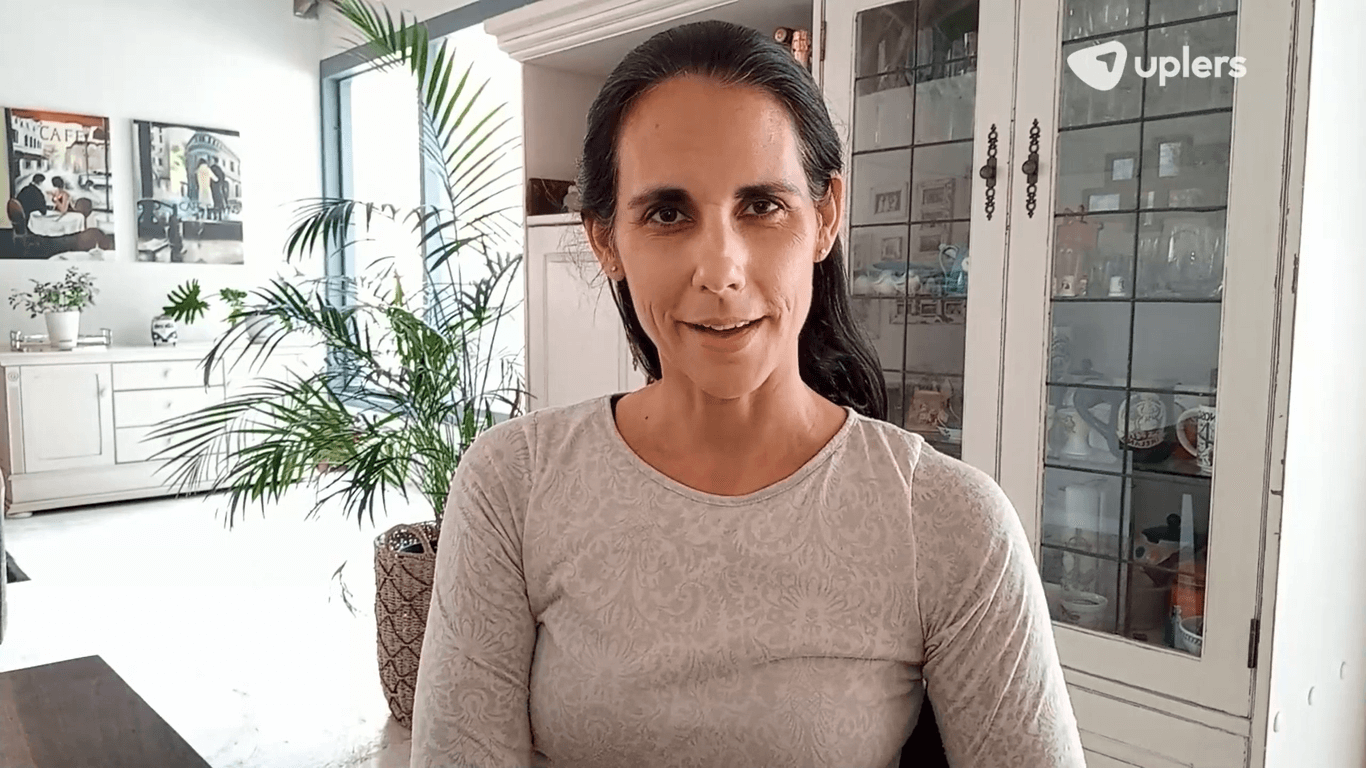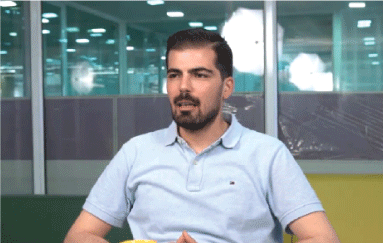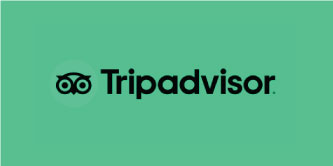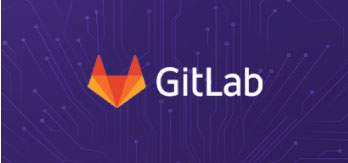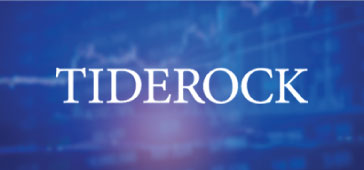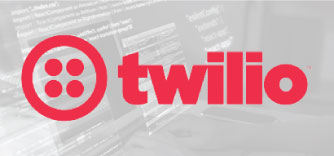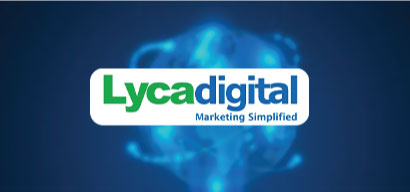Trusted by Global Brands
Recently Added Programmatic Developers in our Network
Hire Programmatic Ad Experts in 4 Easy Stepssss
Tell us what you need
We'll get in touch with you to understand your requirements and preferences.Meet the top talent
Get 3 to 5 suitable, pre-vetted candidates in 48 hours.Interview with ease
Choose the candidate that aligns with your needs and we'll arrange an interview.Hire with confidence
Once you decide, we'll take care of the onboarding process for you.
With Uplers, no more posting a job on multiple portals.


















Top Clients Reviews









Uplers helped to source and bring out the top talent in India, any kind of high-level role requirement in terms of skills is always sourced based on the job description we share. The profiles of highly vetted experts were received within a couple of days. It has been credible in terms of scaling our team out of India.









Uplers helped Tanium successfully grow their distributed team and achieve business goals in 2020, amidst the pandemic and talent shortage. Tanium was able to onboard the right fit on time to launch their marketing campaign, which played a crucial role in its growth story. Tanium found Uplers’ talents to be quick, efficient, and remarkable.









Uplers impressed me with their speed. They onboarded us, found a great candidate (Imran), and had us up and running in less than a week. The process was smooth, and while Imran had more experience than I initially expected, I felt confident he'd be a perfect fit.
Case Study
Frequently Asked Questions
What is programmatic advertising?
Programmatic advertising enables businesses or agencies to purchase advertising space through automated technology. Simply put, it’s the process of media buying.
What are programmatic ads platforms?
In the programmatic ads platform, real-time bidding is used to buy and sell ad inventory. Data and algorithms are used to target specific audiences with ads.
How much does programmatic advertising cost?
With Programmatic Advertising, CPM can vary greatly depending on many factors, such as your audience's geo, average CPM rates by industry, quality of ad space, page views, business vertical, and many others. The web ad cost shall also depend on the chosen formats and channels; for example- video ads are usually more expensive than native, and native ads will cost more than online display advertising or mobile.
How long will it take to hire a programmatic expert from Uplers?
Within 48 hours of sharing your requirements, Uplers can shortlist the first batch of candidates from its pool of Programmatic Ad Experts. This process is comparatively easier and quicker than standard hiring methods. Hence, by following four easy steps, you will be able to hire the best within weeks, not months.
How can I track my project's development or progress?
We use PMS tools like Teamwork and ProofHub internally. However, we are always ready to accommodate the tool your team is more comfortable with.
Are real-time bidding and programmatic advertising the same?
Real-time Bidding only represents a part of programmatic ad buying, which is contrary to what people believe that the two terms are interchangeable.
Why should I hire a programmatic expert from Uplers?
Hire dedicated Programmatic Experts from Uplers and unveil an efficient way of executing business operations. Our talent curators take over the legwork and give you freedom from the tedious hiring process and even post-hiring responsibilities.
Do you provide a trial period for hiring a programmatic analyst?
Yes, our team understands what it takes to find a good fit for the job. Therefore, we provide a 14-day trial period for the candidate you shortlist.
How does the vetting process work for programmatic experts?
Our vetting process includes 5 thorough steps where the programmatic experts are shortlisted and go through a language proficiency test, aptitude evaluation, and technical assessment before the final panel interview.
What if I’m not happy with my programmatic expert?
Uplers offers a no-risk trial period of up to 2 weeks for our talented programmatic experts (subject to availability). It helps build trust and confidence for clients who are unsure after the interview and makes hiring easier.
Will the hired programmatic expert work according to my time zone?
Yes, our programmatic experts' team is available during work hours in different time zones. Here are the work hours in various time zones:
Pacific Standard Time (PST): 9:00 AM to 5:00 PM
Eastern Standard Time (EST): 9:00 AM to 5:00 PM
Central European Time (CET): 9:00 AM to 5:00 PM
Australian Eastern Standard Time (AEST): 9:00 AM to 5:00 PM
Indian Standard Time (IST): 9:00 AM to 5:00 PM
What are the benefits of hiring a programmatic expert from Uplers?
Uplers is the best platform to hire a programmatic expert because we are:
Serving 7000+ global clientele for over a decade.
Curating a pre-vetted pool of the top 3.5% of Indian remote talent.
Thorough 5-step vetting process.
Hassle-free remote hiring at up to 40% cost advantage.
Hire across 5+ time zones in 5 business days.
How does our transparent pricing model work?
Our transparent pricing model provides a clear breakdown of costs, ensuring you know exactly what you're paying for. We eliminate hidden fees and offer customizable solutions tailored to your needs.
Hire Top 3.5% remote talent with Uplers
Access the talent network of 1M+ skilled professionals with
100+ skill sets
Web Developers
Check Our Latest Blogs
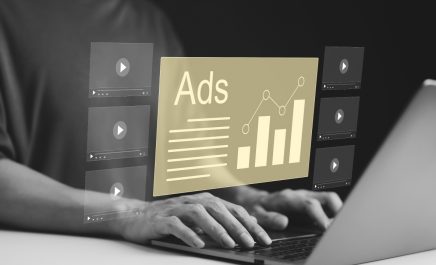

How Programmatic Experts Can Help You Stay Ahead of Advertising Trends
- Prachi Shah
- October 14, 2024
- 4 Minute Read
- Blog


Thank you for your request to hire.
We're eager to match you with the perfect talent.

















-1713414514.png)
















